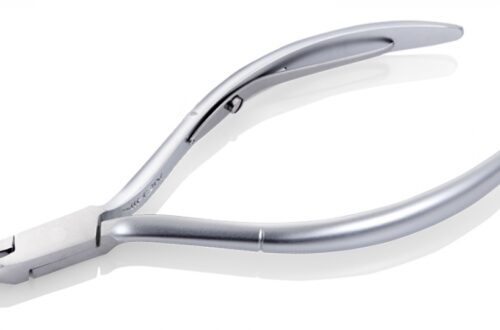Many people today seek Botox as a prevalent cosmetic treatment. It is widely used for this purpose. It’s a quick, non-invasive procedure that minimizes facial lines and wrinkles.
Botox is a neuromodulator made from the Clostridium botulinum bacterium. It’s a safe and effective treatment when used by a qualified injector. It is FDA-approved to reduce fine lines and wrinkles and prevent future ones from forming.
What is Botox?
Botox is an injectable solution that uses a bacteria-derived neurotoxin to prevent muscles from moving for a limited time. The injections relax the frown lines on the forehead and crow’s feet around the eyes. They also treat neck spasms, excessive sweating, and lazy eyes.
The Botox formula (onabotulinumtoxinA) is purified and is safe when administered by trained, licensed health care providers. The treatment is injected into the skin and can cause pain, swelling, or bruising.
How Does Botox Work?
Botox injections use a bacteria-derived toxin to prevent muscles from moving for a short amount of time. Although this toxin, which causes botulism, is used under strict medical control standards by licensed healthcare providers.
When Botox is injected into a muscle, it prevents the release of acetylcholine, a chemical messenger that triggers muscle contraction. This prevents the contraction and allows the muscle to relax.
What Are the Side Effects of Botox?
Botox is used to correct fine lines and wrinkles caused by aging, sun damage, or muscle movement. Botox Parker Co is also used to treat urinary tract spasms (Bolustropius) and cervical dystonia, which causes your neck muscles to twist.
The results of Botox last 2-6 months, depending on your body’s unique metabolism and the severity of your wrinkles. Results in the forehead and between the eyebrows last longer than other areas.
How Long Does Botox Last?
Botox is an FDA-approved injectable that reduces or eliminates facial fine lines and wrinkles. It’s also been used medically to treat migraines, neck spasms, excessive sweating, and an overactive bladder.
Bruising and headaches are the only side effects that can occur, but they’re rare and usually clear up within 24 hours. It’s important to note that the results from a Botox treatment gradually wear off over time and will require retreatment. Botox is typically charged either Per Unit or Per Area.
What Are the Costs of Botox?
The cost of Botox depends on where you live and the type of healthcare professional who administers the injections. It is essential to find a provider who fits your budget and has the training and expertise to perform the procedure correctly and safely.
Having the treatment done by someone inexperienced or without proper training can lead to serious side effects, including loss of strength and general muscle weakness, blurred vision, headache, drooping eyelids, and difficulty swallowing or breathing. These effects can spread from the injection site and occur hours or weeks after a Botox treatment session.
How Do I Know if I’m a Good Candidate for Botox?
Botox can address various concerns, including fine lines and wrinkles, excess sweating, chronic migraines, neck spasms, and lazy eyes. However, it’s important to note that not everyone is a good candidate for this treatment.
If you take any medications, particularly blood thinners like Aspirin, consult your doctor before getting Botox. You should avoid rubbing or massaging the treated area after injections to prevent the toxin from spreading.
How Do I Find a Good Botox Doctor?
Finding a qualified, board-certified plastic surgeon and expert injector to perform your Botox treatments is essential. You’ll want to avoid med spas that offer this service, as physicians with medical backgrounds may not oversee it.
To find a good Botox doctor, ask for recommendations from friends and family who have had the procedure done. Also, check out online reviews and physician portfolios. You’ll likely have a consultation to get to know the doctor and their work ethic.
What Should I Expect from a Botox Treatment?
Although most people consider Botox a cosmetic procedure that reduces wrinkles and fine lines, it can also treat specific health issues. For example, it can help relieve neck spasms, such as cervical dystonia, and prevent chronic migraine headaches in patients with 15 or more headache days per month.
After a Botox treatment, following aftercare instructions to maximize the results is essential. Avoid rubbing the injection sites, and don’t lie down for a few hours to avoid increasing blood flow to the area.





